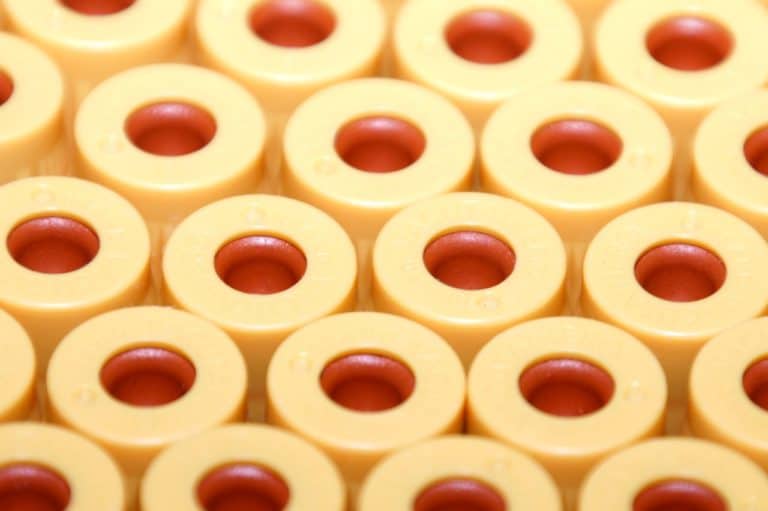If you have ever had your prostate-specific antigen (PSA) levels checked, you know the typical drill. A nurse or technician takes a blood sample from a vein in your arm, the sample is sent to a lab for analysis, and then you wait for the results, which takes days. Now a new fingerprick PSA test can eliminate that wait.
For the amount of time it takes for you to check your email and texts on your phone, you can have your PSA results back from your doctor. The device that makes this possible is called the Sangia Total PSA Test, which was recently approved by the Food and Drug Administration.
Once the blood sample is collected, the fingerstick is placed in the Sample Collector, which connects to a Cassette Assembly that is inserted into an analyzer (Claros 1 Analyzer). The device contains separate negative and positive control checks, which helps ensure accuracy. In less than 15 minutes, the results of your fingerprick test for PSA are available to you.
Advantages of the fingerprick PSA test
This one-stop screening has several advantages for patients and doctors:
- No need for an in-arm blood draw
- No waiting for days or weeks for results, which eliminates worry
- No need to send samples to a separate laboratory
- Patients and doctors can discuss any next steps immediately
- Patients receive just one bill for both the test and the doctor visit
Some experts also noted that use of this one-stop test could be very beneficial for men who are following active surveillance for low-risk prostate cancer.
This treatment approach involves frequent PSA testing, and patient compliance is an issue. It is hoped this simpler test will significantly reduce poor compliance.
How the fingerprick PSA test was evaluated
The efficacy of the test was evaluated using a multicenter clinical trial that included 434 men who were scheduled to undergo a prostate biopsy. A total PSA cut-off level of 4 nanograms per milliliter (ng/mL) was used for the trial, which is the lower limit of suspicion of prostate cancer. Using that figure as the base:
- Sensitivity of the test was 85.4 percent (ability of the test to correctly identify test participants with the disease: true positive rate)
- Specificity was 30.3 percent (ability of a test to correctly identify individuals without the disease: true negative rate)
- When combined with digital rectal examination (DRE) results, sensitivity was 91 percent
More about the fingerprick PSA test
At the time this article was written, the test was restricted for prostate cancer screening. A possible bump in the road for the test being offered in clinical practices involves CLIA regulations (Clinical Laboratory Improvement Amendments). To be eligible for use in clinical practice, the test must get CLIA approval or a waiver.
According to Alexa Meyer, MD, and Michael Gorin, MD, urologists at Johns Hopkins University in Baltimore, Maryland, some lab tests are “simple laboratory examinations and procedures that have an insignificant risk of an erroneous result” and can get a waiver. Other tests done in doctors’ offices that have gotten a waiver in the past include fingersticks for blood glucose and urine dipsticks.
The new fingerprick PSA test can measure total PSA values between 0.08 ng/mL and 15.0 ng/mL. Any values above or below these two figures are reported as either less than 0.08 ng/mL or greater than 15.0 ng/mL.
Men who are interested in having the fingerstick PSA test rather than the conventional screening approach should discuss this possibility with their healthcare providers.
Read more in our Prostate Cancer Health Center.
References
Food and Drug Administration. Sangia total PSA test—P170037
Meyer AR, Gorin MA. First point-of-care PSA test for prostate cancer detection. Nature Review Urology 2019 Apr
Mulcahy N. Fingerprick PSA test has in-office results in 12 minutes. MedScape 2019 Apr 17







